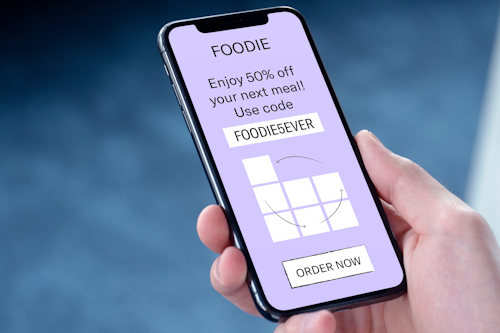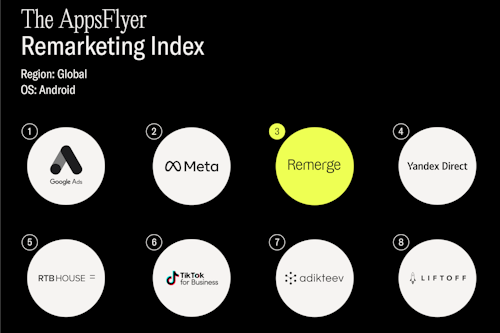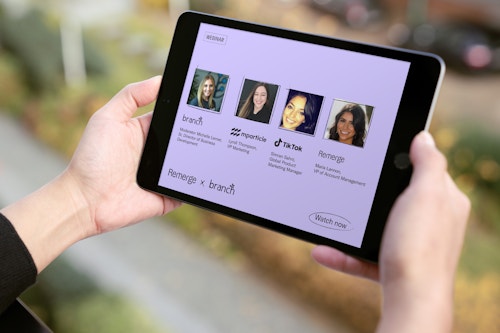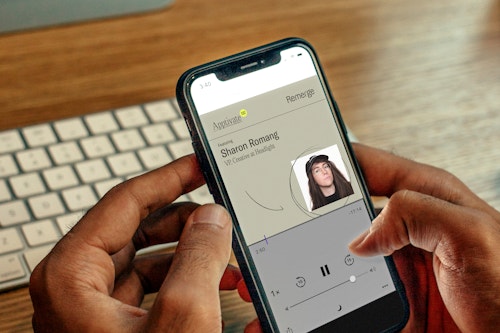As users reclaim privacy over their data, what could this mean for mobile marketers?
junio 09, 2021

This content was originally produced by Tech in Asia Studios, which connects brands with Asia’s tech community.
Personalized advertisements are hardly new in the mobile space, but advertisers haven’t had it easy in reaching out to their target users as doing so involves keeping in mind consumer data privacy laws. Then there’s the other hurdle of complying with the regulations meted out by the platforms that advertisers rely on to run – all while creating personalized experiences for consumers, a proven formula for boosting user engagement and in-app purchases.
Tech giant Apple is one case that’s shown it has the ability to influence advertisers’ marketing campaigns – and, in turn, create shifts in the advertising industry. In 2017, the company made the decision to block third-party cookies on its web browser Safari, causing advertising revenues to dip by 40%.
This privacy-centric framework was the prelude to a shift in the in-app advertising regulations space that was about to take place.
An industry-wide upheaval
In April this year, and with conversations surrounding user privacy on the rise, Apple introduced its updated iOS14.5, which removes the ability for advertisers to access user-level information – in turn potentially affecting their bottom lines.
Although Southeast Asia has more Android users, iPhone owners have proven to be more willing to shell out money for in-app purchases, averaging US$12.80 per purchase compared to the US$6.20 that their Android-using counterparts spend.
And Apple’s decision has stirred the advertising industry, since mobile users will now have the power to decide whether to share their data with third-party providers through an in-app dialogue pop-up.
With the tech giant’s new privacy framework under its updated iOS14.5, advertisers must rely on the company’s SKAdNetwork, an attribution model that shares conversion data with advertisers without revealing specifics. For instance, a user who’s made an in-app purchase would have that conversion data shared with advertisers, but without trackers such as their personal ID.
“This could result in sales losses of between 4% and 8%, although the number should recover over time once the uncertainty surrounding these changes subsides,” notes Pan Katsukis, CEO and co-founder of Remerge, a Berlin-based demand-side platform (DSP).
In the face of these changes, marketers will need to experiment with new ways of leveraging tried and tested methods such as creative personalization and attribution to run successful advertising campaigns.
« We’ve optimized our platform to calculate the optimal bid price for ad space and in a way that won’t require user IDs »
Pan Katsukis
Adapting to change
As Southeast Asia and the rest of the world shifts toward a no-ID future, the path ahead for mobile advertising is quickly pushing DSPs to reassess their methods for success – whether by improving their data-processing capabilities, or introducing innovative tools to improve the efficiency of their ad campaigns.
Remerge had already preempted this at the end of 2019, given that it had been closely following Apple’s privacy-centric changes. This, alongside its presence in the Asia-Pacific region since 2017, has given the company leverage to stay ahead of changes in the mobile ad industry – in turn helping advertisers worldwide to maintain or grow their bottom lines.
“Anyone who’s followed Apple’s developments over the past few years knows that the topic of privacy has been the focus of its corporate strategy for some time,” shares Katsukis. “It was clear to us early on that this would also affect advertising, which is why we doubled down on developing a strong post-IDFA solution.”
By the time Apple announced its plans for a privacy-driven app environment last year, Remerge was well-prepared for the change. Katsukis offers the example of a recently launched product line: an in-app user acquisition campaigns feature, which is cost-efficient and can be run without user IDs. In other words, it’s a win-win for both the advertisers and consumers.
“We’ve optimized our platform to calculate the optimal bid price for ad space and in a way that won’t require user IDs,” he says, adding that a DSP’s success would now greatly rely on how sophisticated its algorithms are and how quickly it can process bid requests within a programmatic buying or real-time bidding (RTB) environment. Programmatic buying, then, refers to the purchase and sale of digital ads, while RTB allows advertisers to bid for ad space through an auction model.
In Remerge’s case, its platform can process 3.3 million queries on advertising opportunities per second, almost 50% more than the next best competitor.
The no-ID future
To enhance ad campaign performance optimization, Katsukis believes that more advertisers will now turn to incrementality tests to complement Apple’s SKAdNetwork.
“Advertisers need guidance in the no-ID world, and the SKAdNetwork may not offer enough insights,” the Remerge CEO and co-founder points out, adding that being able to measure the re-engagement impact of an ad campaign is what makes incrementality a necessity for advertisers in the post-IDFA era.
Incrementality tests involve assessing the effectiveness of marketing campaigns by differentiating the given campaign’s impact from organic user behaviour, and the result of any other marketing campaign. These results properly indicate the true efficacy of a campaign by looking at install and re-engagement metrics – that is, a user’s exposure and engagement with advertisements for products or services that they had previously shown interest in.
One case in point is Remerge’s incrementality solution, which was developed to give advertisers added proof of the value of their ad spend – while allowing them access to real-time data and user retention numbers.
These incrementality results would ultimately feed into the larger goal of helping marketers push out more effective and creative personalization campaigns in the post-iOS14 age.
To this, Katsukis suggests that the future of personalized advertising will be done on a contextual level and draw from aggregated data, such as the city in which a user is located and at what time of day.
“For example, a food delivery company might display a mobile advertisement with a lunch coupon in the city where its potential users are located,” he adds.
Given that advertisers have long relied on the tried-and-true formula of programmatic ad buying to deliver hyper-personalized ads to target users, the Remerge co-founder acknowledges that their hesitance to experiment with new campaign alternatives is natural. But that shouldn’t serve as a blockade.
“Because of this hesitance from marketers, no-ID inventory will become cheaper in the short-term, making it possible to run more campaigns and still achieve good results,” Katsukis says. “As Apple pushes ahead, it’s important as a marketer to monitor such developments in order to be at the forefront of data-protection compliant solutions.”
About Remerge
Remerge is the leading programmatic platform for high-performing, privacy-compliant app marketing campaigns. It focuses on scientific methodologies and transparent communication to deliver credible results and increase app growth.
Find out more about Remerge by reaching out here.





